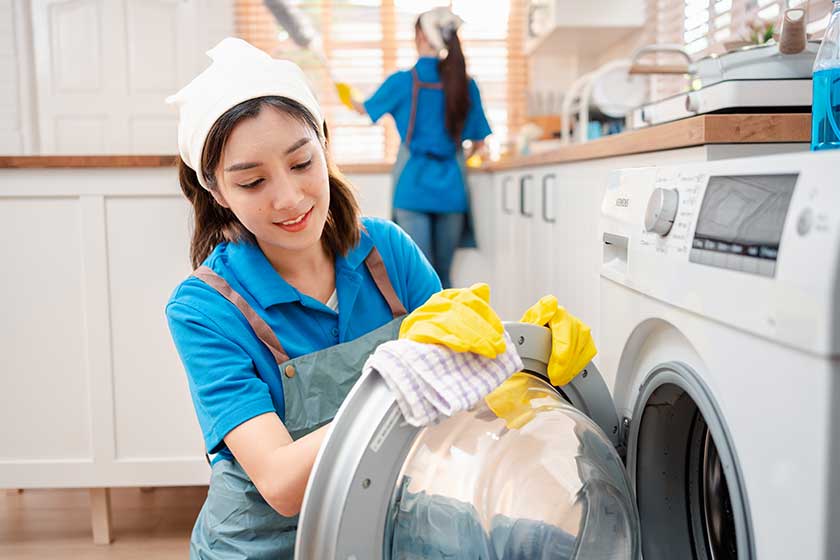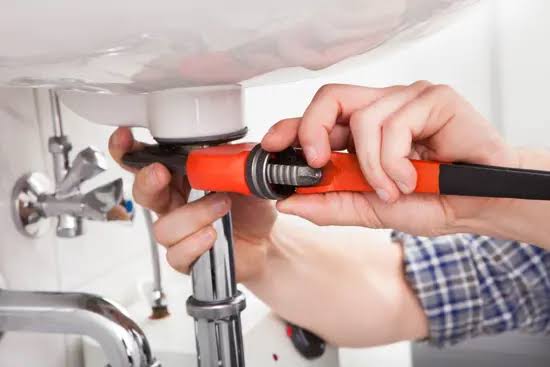When weighing your laundry options, it’s tempting to assume that managing operations in-house is more economical. After all, how expensive could a few washers and dryers really be? But once you factor in the full scope of responsibilities, outsourcing to a commercial laundry service often reveals itself as the smarter, cleaner solution. Let’s pull back the curtain and examine the hidden costs tied to in-house laundry management that many businesses overlook.
Equipment & Maintenance: The High Price of Ownership
While purchasing laundry equipment may seem like a one-time cost, it’s actually just the beginning. The true financial weight lies in long-term maintenance and unexpected breakdowns.
- Upfront Investment: Commercial-grade washers and dryers can run upwards of $10,000 each, especially when tailored to industrial volumes. Multiply that by your facility’s needs, and costs climb quickly.
- Ongoing Repairs: Machines don’t last forever, and when industrial laundry equipment breaks down, repairs aren’t cheap. Parts are specialized and often require technicians trained in that specific brand.
- Regular Maintenance Costs: To keep equipment functioning at full capacity, routine maintenance—like drum balancing, sensor checks, and belt replacements—must be scheduled regularly. Skipping it leads to bigger problems down the road.
- Replacement Cycles: Even with proper care, commercial laundry machines have a shelf life. In 7–10 years, you’re likely looking at another round of hefty investments for replacements.
Instead of shouldering these unpredictable and recurring expenses, many businesses are shifting toward outsourcing to eliminate capital equipment concerns entirely. But machines are just the tip of the iceberg—let’s talk about utility bills.
Utility Expenses: A Hidden Drain on Resources
Running laundry operations consumes a surprising amount of water, electricity, and gas—and those monthly bills add up fast.
- Water Consumption: Industrial washers use hundreds of gallons per load. Multiply that by daily cycles, and you’re pouring thousands of gallons down the drain every week, inflating your water bill and environmental footprint.
- Electricity Use: Dryers and washers, especially when running simultaneously, draw substantial power. Facilities often need upgraded circuits or dedicated power sources to handle the load.
- Gas Heating: If you’re using gas dryers or boilers to heat water, fluctuating energy prices can create budgeting headaches, with spikes driving up costs unexpectedly.
- Peak Usage Penalties: Some utility providers charge extra during peak times. If your laundry schedule overlaps with those periods, you may be paying premium rates without realizing it.
Outsourcing transfers all of these utility burdens to the commercial laundry provider, offering more cost consistency and peace of mind. Of course, these machines don’t run themselves—and labor is another major expense to consider.
Labor & Training: The Human Cost of In-House Laundry
Managing an in-house laundry team goes far beyond just hiring a few people to operate machines. It includes recruitment, retention, training, and managing performance—all of which carry hidden costs.
- Wages and Benefits: Hiring qualified laundry staff means budgeting for competitive hourly wages, plus benefits like health insurance, paid time off, and workers’ compensation.
- Training Costs: Every new hire requires onboarding, which takes time and resources. Ongoing training is also needed to ensure proper handling of equipment and fabrics.
- Supervision and Scheduling: Someone has to manage the team—whether it’s an operations manager or facility supervisor—adding to payroll costs.
- Turnover Rates: Laundry work is physically demanding, and turnover tends to be high. Constantly recruiting and training new staff eats into time and budgets.
- Liability Risks: Injuries due to heavy lifting, slips on wet floors, or equipment misuse can lead to costly workers’ comp claims.
Partnering with a commercial laundry service eliminates the staffing puzzle. You’re no longer responsible for hiring, training, or retaining laundry staff—freeing your team to focus on core operations.
But the human element also affects something else: the quality of care your linens receive.
Quality and Fabric Longevity: Protecting Your Investment
It’s not just about getting linens clean—it’s about keeping them in circulation as long as possible. Poor handling, overuse of chemicals, and improper wash cycles can significantly shorten fabric lifespan.
- Improper Sorting: In-house teams may not consistently separate fabrics by material or color, leading to fading, pilling, or damage over time.
- Overuse of Detergents: Using too much detergent can degrade fabric fibers and leave residue behind, affecting comfort and cleanliness.
- High-Heat Drying: Inexperienced teams may default to high-heat settings, which can shrink fabrics or weaken elastic components.
- Delayed Processing: Busy teams might leave soiled linens sitting too long, leading to permanent staining or odors that can’t be removed.
- Inconsistent Standards: Commercial laundry services use calibrated machines and processes that maximize fabric care while reducing wear and tear.
Extending the life of your linens means fewer replacements and a lower overall cost per use—something commercial laundry services are specifically optimized to do. And when it comes to operating legally and safely, outsourcing also checks a lot of boxes.
Compliance and Liability Risks: Navigating Red Tape
Keeping up with state and federal laundry regulations can be overwhelming. Noncompliance not only risks fines but also opens your business up to lawsuits and public health concerns.
- Health Department Regulations: Industries like healthcare and hospitality must follow strict cleanliness protocols. In-house teams may unknowingly fall short, putting your operation at risk.
- OSHA Standards: The Occupational Safety and Health Administration enforces safety standards around equipment use, ergonomics, and chemical handling. Mistakes here can be costly.
- Environmental Regulations: Improper disposal of wastewater or chemicals can lead to environmental penalties or shutdowns.
- Documentation Requirements: Some industries require documentation proving that laundry has been cleaned to specific standards. Commercial providers typically handle this automatically.
- Risk of Lawsuits: A contamination outbreak or allergen exposure traced back to poorly cleaned linens can lead to legal trouble and reputational damage.
Outsourcing mitigates much of this risk. Established commercial laundry services operate under strict compliance protocols and carry liability insurance, so you don’t have to.
Why the Smarter Money’s on Outsourcing
The appeal of in-house laundry might lie in the perceived control, but that control comes at a price—one that’s often steeper than anticipated. Between equipment costs, utility bills, labor management, fabric damage, and legal exposure, running your own laundry operations can turn into a logistical and financial minefield.
On the flip side, outsourcing to a commercial laundry service not only trims expenses but also streamlines operations, improves linen quality, and protects your business from compliance headaches. When you add it all up, the real cost of clean points in one direction—and it’s not staying in-house.
Ready for a cleaner, simpler solution? It might be time to hand off the hamper.






